John Hurrell – 7 August, 2015
As they are, the density and inventiveness of their marks draws you in closer, while Bryant's colour sense varies, for some works are restrained in their mood, being pale or slightly bleached, and others are saturated and optically aggressive. The latter, those with polyester film - like the impact of etching-like, tactile marks, and traces of masking - seem strangely related to photographic process, and considering the restraint of some of his earlier shows, are a big surprise.
Richard Bryant here presents two types of painting: one of acrylic on fabric placed on unframed stretchers; the other of acrylic washes on impeccably butted together pieces of polyester film - and displayed under glass. The first has a softness (like tie-dye) that goes with the absorbent (organic) surface of the material; the second a mottled but stonily brittle quality in the thin dry paint on a hard resistant support. A couple blend the two together where I think the stretched fabric has been photographed and made into strips. (Or it might be the fabric unphotographed but made shiny by the glass.)
Both these types of work are luxuriant in texture, packed with unexpected detail, and formally are of sufficient scale to draw you in while having impact on the walls. They are intimate yet undeniably grunty, domestic in the very best sense, presenting an impressive array of scoured, masked, striated, pocked, daubed, gouged, scrubbed and brushed marks that look - in the case of the polyester (a material that Esther Leigh similarly explored in the nineties) - almost photographic and not painted at all. They look found - like in a Brassai’s photos of graffiti - and not applied or constructed by the artist. They seem discovered - as if ‘natural’.
The strata of Bryant‘s title refers to the polyester images that have affinities to the plank-like structures of Sean Scully or early Brice Marden paintings, the basic geometry and rhythm giving them an iconic quality. The fabric works on the other hand, with their triangular ‘stone wall’ shapes, are bordered by ‘grouting’, are less ‘in your face’ - and seem more related to Jasper Johns. In fact Bryant’s use of polyester may have been inspired by some of Johns’ brilliant ink drawings on plastic.
Roughly a square in proportion (between 700 - 950 mm each way) Bryant‘s paintings on the wall traverse the width of your chest or shoulders: a perfect bodily relation. They don’t dominate, but engage with your physicality, and you theirs. If they were any larger the detail (for ocular investigation) would be excessive. They would become wearisome; laboured.
As they are, the density and inventiveness of their marks draws you in closer, while Bryant’s colour sense varies, for some works are restrained in their mood, being pale or slightly bleached, and others are saturated and optically aggressive. The latter, those with polyester film - like the impact of etching-like, tactile marks, and traces of masking - seem strangely related to photographic process, and considering the restraint of some of his earlier shows, are a big surprise. Overall Bryant’s use of chroma vacillates between synthetic and organic, apparently depending on the chosen materials. It exudes confidence.
Personally I tend to favour the less garish images, for even though the detail and perfect scale of the ‘louder’ items indisputably intrigues there is something about their saturation I find repellent. If you like pondering over marks, and speculating over technique and emotional contradictions, this show is not to be missed.
John Hurrell
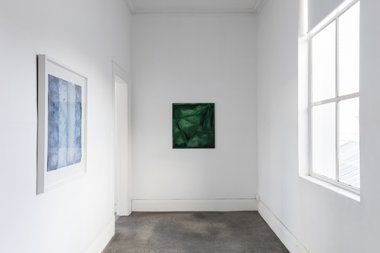
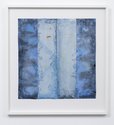

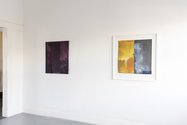
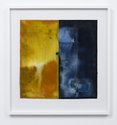
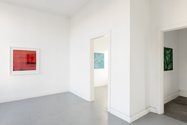
 Advertising in this column
Advertising in this column Two Rooms presents a program of residencies and projects
Two Rooms presents a program of residencies and projects



This Discussion has 0 comments.
Comment
Participate
Register to Participate.
Sign in
Sign in to an existing account.